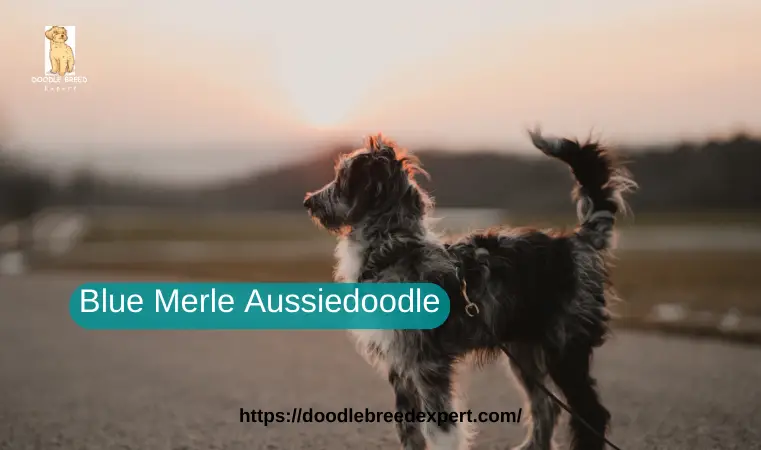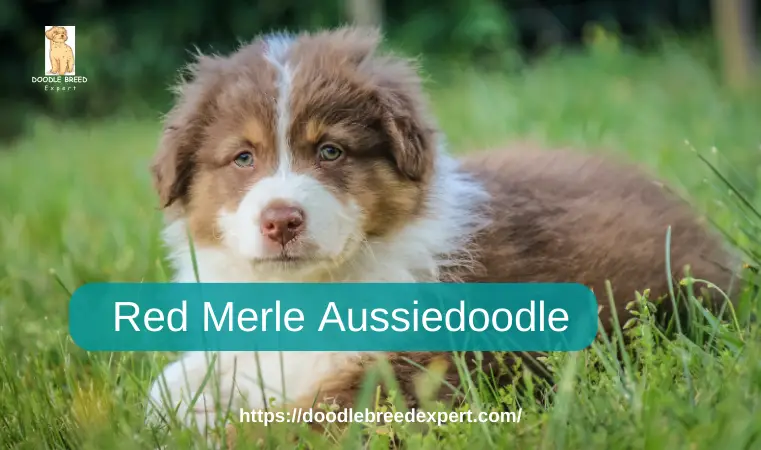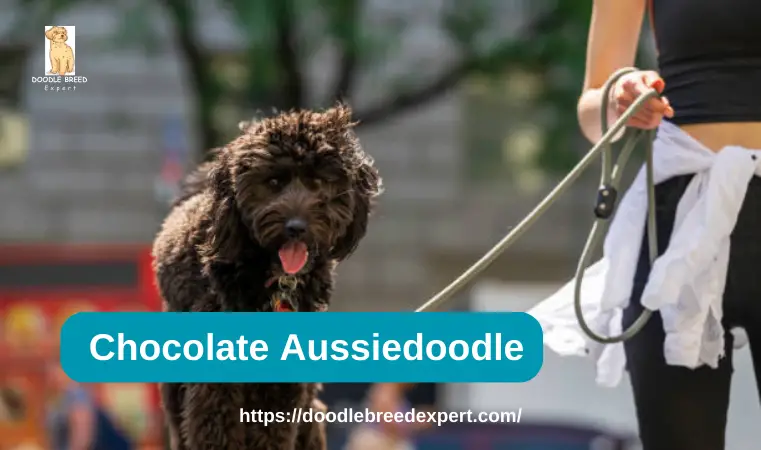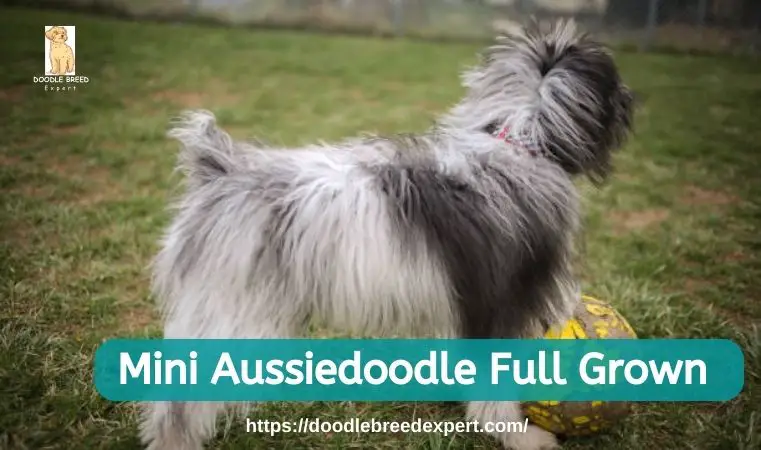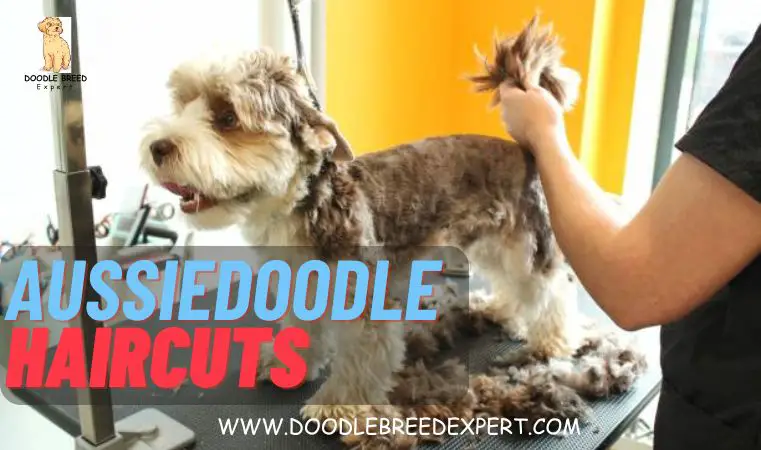Taking into consideration F1b Aussiedoodles’ basic features further comprehending the issue of their crossbreeding. Indeed, F1b Aussiedoodles come from a unique crossbreeding process attributed to one of the parents. Often, the Australian Shepherds are preferred; thus, these Aussiedoodles have better attributes.
These dogs have melted away to be very common with families, primarily due to their appealing qualities. Most families fear getting a puppy due to the experiences that revolve around shedding and other allergic reactions. F1b Aussiedoodles keep these worries at bay with highly reputable breeders. They are hypoallergic and do not shed much.
Mature f1b Aussiedoodles come with some characteristics, which we will learn more about in this article so that you are completely enlightened.
What are F1B Aussiedoodles?
F1b Aussiedoodles are created when an F1 Aussiedoodle is bred back in his lineage to one of the purebred breeds, usually between 75 percent up to 100 percent Australian Shepherd and 100 percent Poodle. The typical breeding for the F1B Aussiedoodle is estimated at being about 75% poodle and 25% Australian shepherd. This crossbreeding is preferred because it results in reduced hypoallergenic and shedding offspring.
This makes F1B Aussiedoodles a preferable choice due to their extraordinary characteristics compared to other variations. They are highly rated due to fewer allergies and shedding problems than the rest. The type is ideal for families who have sensitivities.
Characteristics and Nature of F1B Aussiedoodles
Having an F1B Aussiedoodle can prove its uniqueness. The dog still carries the trait of a Poodle with curly and wavy hair, while some have striking blue eyes. They don’t also shed at all, making them hypoallergenic. The hair needs to be maintained by regular grooming or, at times, going for professional services.
F1B Aussiedoodles inherit specific temperament characteristics that seem to make them a bit like the Poodle, and they tend to be slightly taller dogs and quite energetic. This breed needs to take regular exercises to stay highly active both physically and mentally. Their hybrid nature, F1B Aussiedoodles, meant they retained excellent overall health and were even healthier than their parent breeds.
Price of F1b Aussiedoodle
The F1B Aussiedoodles cost comparatively higher, at least an average of around $2,400 or more. They fall under the high price compared to other dogs, including Australian Shepherd. Such a vast range enjoys various circumstances, such as placements, sizes, and colors, based on breeders’ value.
Aussiedoodle F1B Coat
F1B Aussiedoodles have different types of coats that may be straight, curly, or wavy. Many F1B Aussiedoodles present a wavy and curly coat, hence limiting shedding. People allergic to pets are advised to own high-generation Aussie doodles like the F1B Aussiedoodles as their rightful pets. They will need occasional brushing and professional grooming every six to eight weeks because of the unique texture of their coat.
Read Also: Chocolate Aussiedoodle: All You Need to Know
Coat Colors of F1b Aussiedoodles
Blue Merle Aussiedoodle (F1b): These dogs will look like a combination of shades of blue, grey, white, and tan. The merle gene dilutes their original solid grey coat, making them have patches. The presence of eye pigmentation can also influence the type of eye color, and the influence of noses and pads on their paws result in pale eye colors such as blue and pink patches on their nose and paws.
Red Merle Aussiedoodle (F1b): Red Merle F1b Aussiedoodles closely resemble the Blue Merle F1b Aussiedoodles but with a slight difference being that where the base coat under the mottled patches of red, copper, creamy beige, and white, be any shade or red or amber. They may also have blue eyes and areas of skin lacking pigmentation due to the merle gene.
Black Aussiedoodle (F1b): The coat of the Black F1b Aussiedoodle is covered with a solid black color enhanced by dark eyes, just like the nose. In rare cases, this Aussiedoodle may bear nurturing white patches on its chest or paws. The coat color typically results from breeding a Black Poodle and a Black Aussiedoodle.
Black and White Aussiedoodle (F1b): Technically, all Black F1b Aussiedoodles have small white patches on their coats that make them not entirely black. Therefore, Black F1b Aussiedoodles might be the correct label for this genetic result rather than Black and White F1b. They usually have white spots on the muzzle, chest, paws, legs and the tip of their tails on a colored background of their typically black coat.
Such changes in the coat add to the beauty of F1b Aussiedoodles, making them conspicuous in appearance compared to other breeds of dogs.
Sizes of F1B Aussidoodles
The parent breeds of F1B Aussiedoodles are usually Australian Shepherds and Poodles, from where their size attributes come. It depends on the parents’ characteristics in determining the F1B Aussiedoodle’s size. They can be standard, medium or miniature. Standard F1B Aussiedoodles typically weigh between 40 and 70 pounds and stand around 15 inches tall.
Comparing F1 Aussiedoodle and F1B Aussiedoodle
The outstanding, significantly notable difference between F1 and F1B Aussiedoodles is the distinct genetic composition difference between the two breeds. The F1 Aussiedoodle comprises a 50 percent Poodle and Australian Shepherd genetic composition. At the same time, in sharp contrast, the F1B Aussiedoodle has 25 percent F1 Aussiedoodle and 75 percent Poodle genetics due to its mating with purebred Poodles.
In popularity, F1 Aussiedoodles are mostly famous since they come out with an equal amount of genetic blessing from both parent breeds. They also tend to inherit some good characters from the parent’s breed. F1B Aussiedoodles are also famous for their low-shedding characteristics and most of their curly coats.
A Reverse F1b Aussiedoodle is not a mix back to a Poodle but instead bred back to a purebred Australian Shepherd. This means these dogs are 25% Poodle and 75% Australian Shepherd. The term “Reverse” in the F1b Reverse Aussiedoodle classifies this with 75% Australian Shepherd and 25% Poodle genetics reversed from the standard F1b Aussiedoodle with 25% Australian Shepherd and 75% Poodle genetics.
This is also why the popularity of reverse F1b Aussiedoodles does not come close to that of standard F1b Aussiedoodles. However, they are prevalent in a handful of unique canine breeds, such as Sheepadoodles and Bernedoodles.
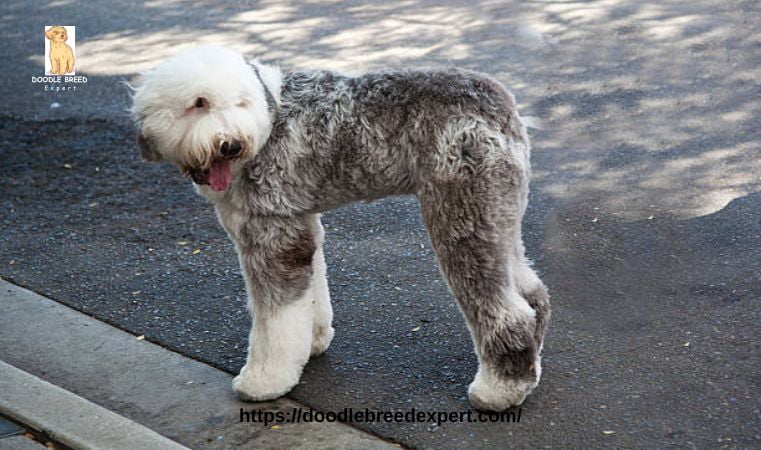
Should I get an F1 or F1b Aussiedoodle?
If electing an F1 (first generation) or F1b (backcross) Aussiedoodle, it helps to consider your preference and requirements. This is because the F1 Aussiedoodles are precise 50/50 Australian Shepherd and Poodle hybrid dogs comprising their genes. So, with more genetic variability in them than those dogs in the first generation would make their manner and looks more inconsistent. F1bs are bred out of F1 Aussiedoodle parents and Poodles.
This yields a dog with a higher Poodle genetic influence, typically resulting in curlier, hypoallergenic coats and a potentially more consistent temperament. Your choice depends on whether you prioritize specific traits or prefer a mix of characteristics.
FAQs
What is the temperament of an F1b toy Aussiedoodle?
The F1b Toy Aussiedoodle retains most of the temperament of a medium-sized breed that is friendly, intelligent and affectionate. Because of the Poodle heritage, F1b Toy Aussiedoodles exhibit characteristics such as being highly trainable, adaptable, and hardly ever shed, which is a big thing because many families or individuals have allergies.
They are usually high-spirited and eager to please, so they get on great with kids. However, just like any shy dog, their natures may differ, but early health testing and consistent training will be the way to develop a well-rounded and well-behaved F1b Toy Aussiedoodle.
What does F1bb mean in the context of Aussiedoodles?
In Aussiedoodles, “F1bb” is a generation of crossbreeding that applies. In this way, it describes the line from which the dog comes and the precise collection of genetic traits within the breed. F1bb Aussiedoodle is where the F1b Aussiedoodle is bred using parents of the standard Australian Shepherd, and Poodle breeds are backcrossed to another Poodle.
The term “F1bb” denotes the second backcross to a Poodle. This crossbreeding produces a dog who’s more Poodle than Lab, usually a curl-haired, hypoallergenic coat, and generally a better temperament.
What are the characteristics of the F1b Aussiedoodle?
F1b Aussiedoodles represent a special set of traits heavily imprinted by parent breeds. Due to the higher percentage of Poodle genetics, they tend to have a wavier or curlier, hypoallergenic coat enabled. They are brilliant and trainable, great for obedience training, and excel in several dog activities.
F1b Aussiedoodles are pretty energetic dogs that require daily exercise and mental stimulation. They are generally friendly, affectionate and good with families, though early socialization may be necessary. In terms of sizes, they vary due to the size of the Poodle parent; hence, both standard and smaller versions can be witnessed among these breeds.
Conclusion
F1B Aussiedoodles have caught the eye due to their enhanced appearances and qualities. It is an excellent selection for family and simply a companion, though there are breeders around being new to the process.
These dogs are not only kind and affectionate towards strangers, but they also have a deep devotion to their owners. These are the best dogs if you are thinking of getting an F1B Aussiedoodle in your place, as it will probably be your beloved doggie. While dog ownership can be demanding, the rewards of having an F1B Aussiedoodle are undoubtedly worth it.
References:
- Kelley, T. L. (2021, May 8). Aussiedoodle. Daily Paws. https://www.dailypaws.com/dogs-puppies/dog-breeds/aussiedoodle
- Veterinarian, S. K. D. (2023, October 4). Best Aussiedoodle Generations (2023) – F1, F1B, F1BB, F2, F2B, F3. We Love Doodles. https://welovedoodles.com/aussiedoodle-generations-f1-f1b-f1bb-f2-f2b-f3/
- Anderson, S. (2022, November 30). F1b Aussiedoodle Vs F1 Aussiedoodle: What’s The Difference? PupVine. https://www.pupvine.com/f1b-aussiedoodle-vs-f1-aussiedoodle/

